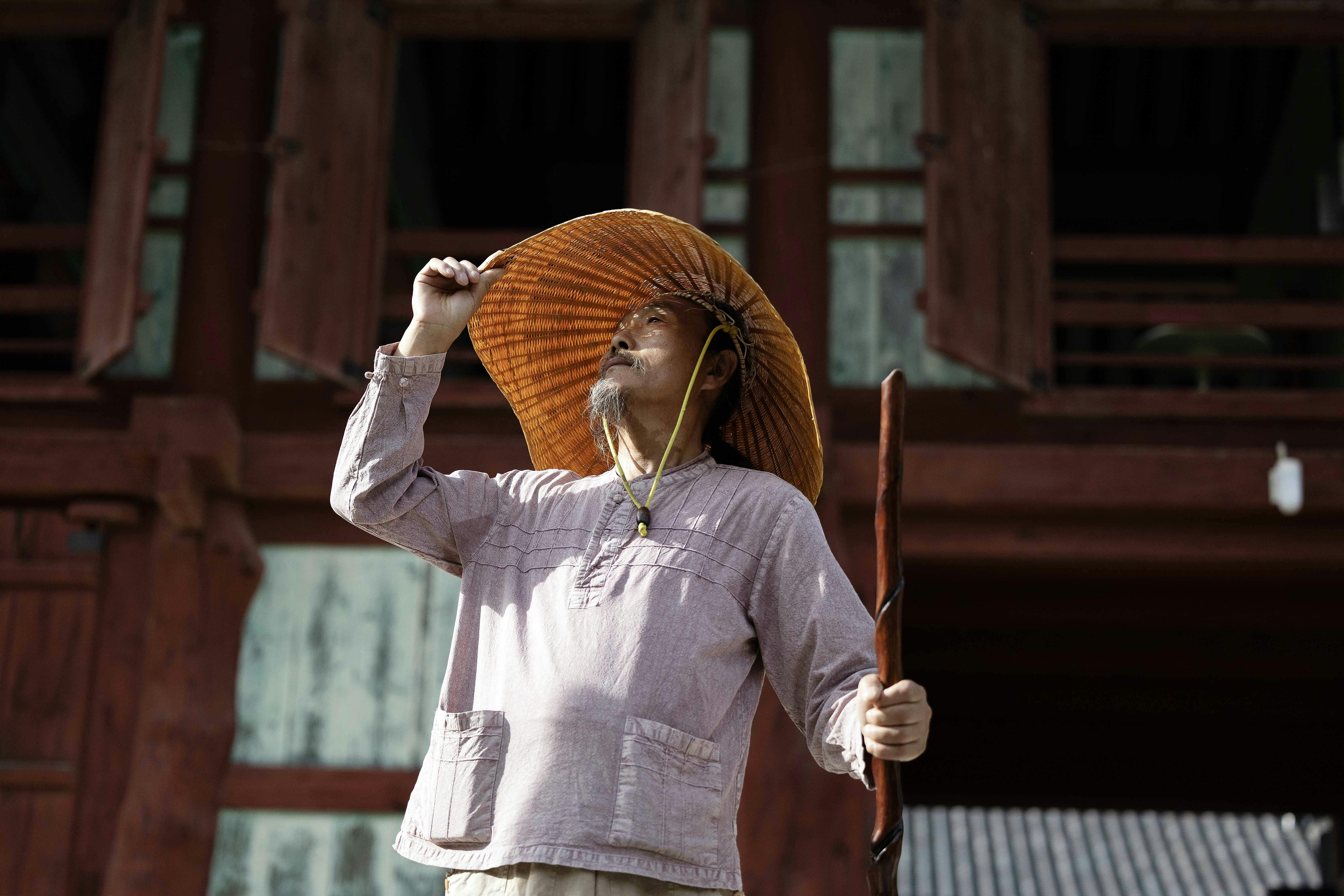Exploring Korea: We Travel to the Port Cities of Incheon, Busan, Yeosu and Sokcho (and Visit Seoul, Too)
On my first-ever visit to the peninsula of Korea, a content creation mission for Silversea’s Discover with colleagues who are filmmakers and photographers, we traveled to its key port cities. We investigated Incheon (the gateway to Seoul), Sokcho, on the northeast coast, cosmopolitan Busan, the “Los Angeles of Korea,” and, finally, Yeosu, an island-heavy resort town on the southwest.
Here’s what I knew before I traveled: Korea is buzzing. If you haven’t watched “Parasite,” the Korean-made film that was the first international flick to win an Academy Award for best movie or listened to K-pop (a style of music, aimed at young folks, with influences of R&B, hip-hop, experimental, rock, jazz, dance, disco and classical), you might not, understandably, get how much its culture is permeating the global zeitgeist. Netflix is an incredible importer of great television, set there (mostly in Seoul). “Kitty XO” is the “Emily of Paris” of Korea; perhaps even more compelling is “Extraordinary Attorney Woo,” about an autistic woman who overcomes challenges to become a super-successful trial litigator. In both cases, because they’re filmed in Seoul and beyond, the landscapes and the cities start to feel familiar.
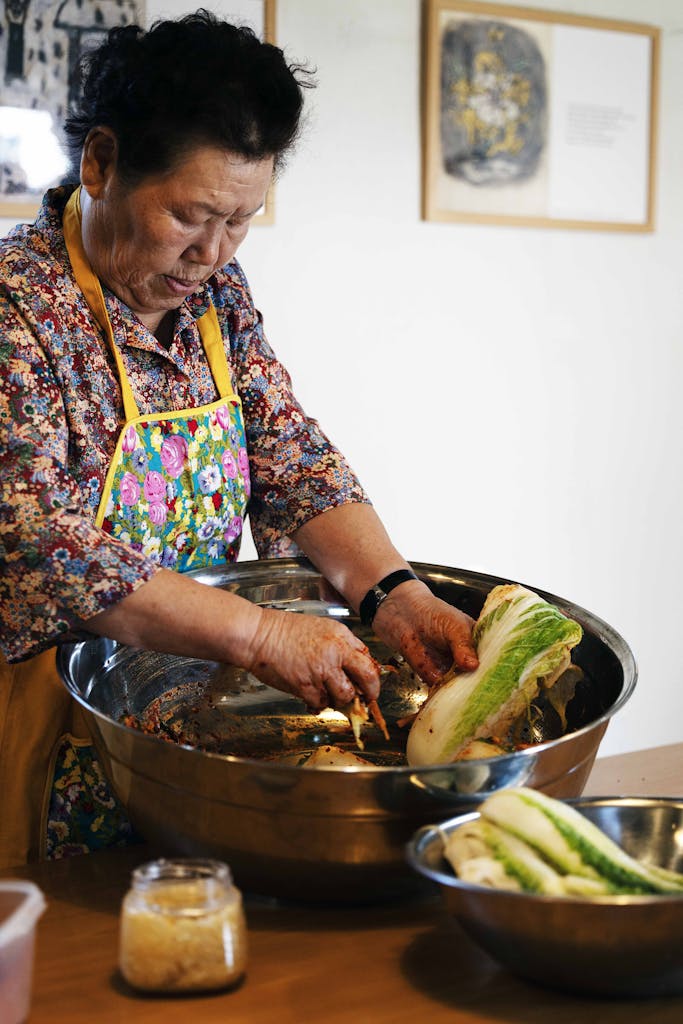
And the peninsula’s culinary movement, which stretches from Michelin-starred experimental cooking to the ancient tradition of kimchi, is an invitation to try new (and old) tastes, and quite often dishes that fall in between the two. In every town we visited, the evolving community food markets were an insight into how a mix of generations considers the importance of heritage and innovation in Korean cuisine.
What strikes me about Korea, as we explored from the west coast of Incheon to the east’s Sokcho and the south’s Busan and Yeosu, is that much of the modern culture of the country balances its history with its present. Each city has its own attitude, its own character and energy and each has its mix of contemporary and traditional lifestyles that lie side by side, quite compatibly, it seems.
The Korean Wave is not limited to growth in culinary and the arts. The Republic of Korea’s transformation from being one of the world’s poorest world economies in the 1960s to today, when it ranks among the top 20 in the world, encompasses developments in education and technology, too. Particularly in consumer manufacturing, Korean companies such as Samsung, Kia, and LG are renowned.
Seoul – like Manhattan, London and Sydney – is the city that most exemplifies Korea’s culture, but it’s not the only place to visit here.
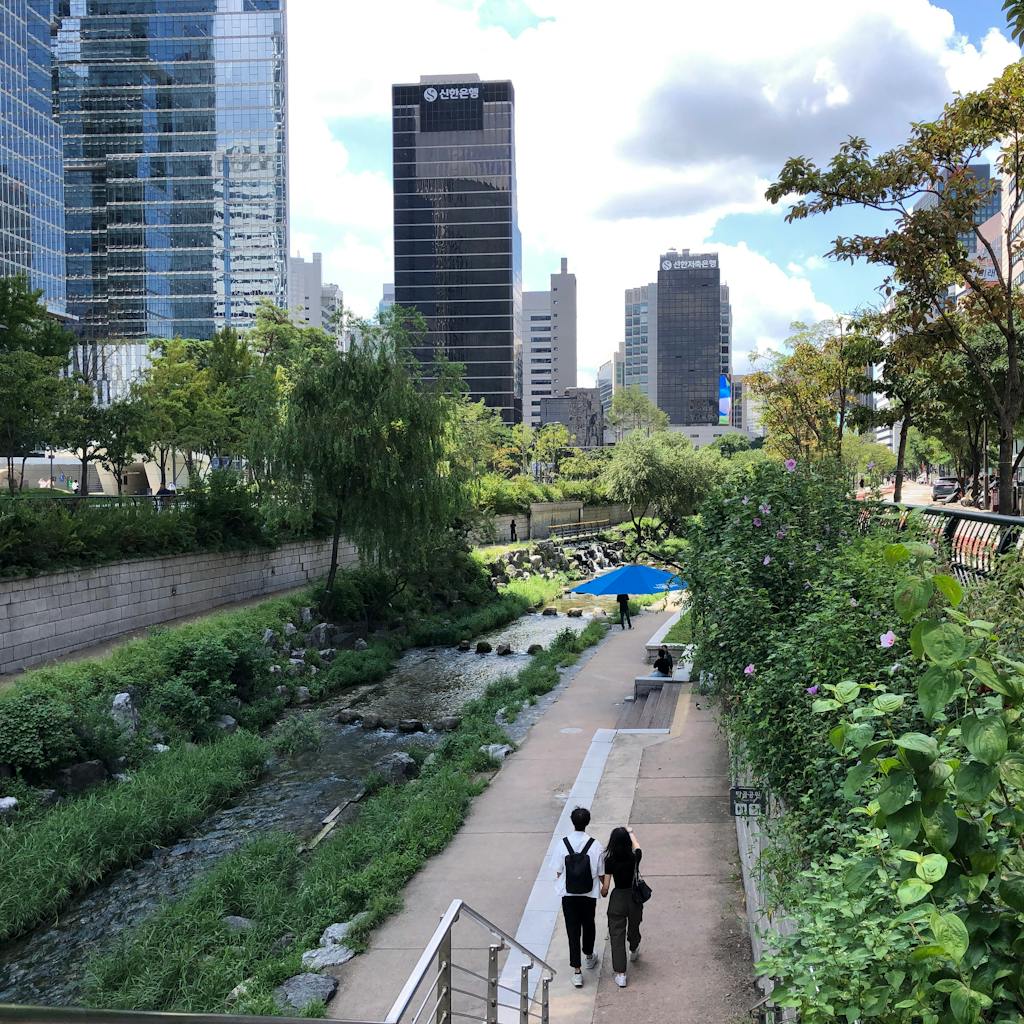
What strikes me about Korea, as we explored from the west coast of Incheon to the east’s Sokcho and the south’s Busan and Yeosu, is that much of the modern culture of the country balances its history with its present. Each city has its own attitude, its own character and energy and each has its mix of contemporary and traditional lifestyles that lie side by side, quite compatibly, it seems. Food markets, a lively cafe scene, world-class museums and art galleries, ancient palaces and modern shopping malls with designer boutiques are all part of the mix.
The same applies to the natural wonders each of them has, all quite different. Prior to the trip I imagined Korea as one urban city after another. The surprise? You don’t have to go far to get to beautiful, mountainous countrysides, often flanked by the sea.
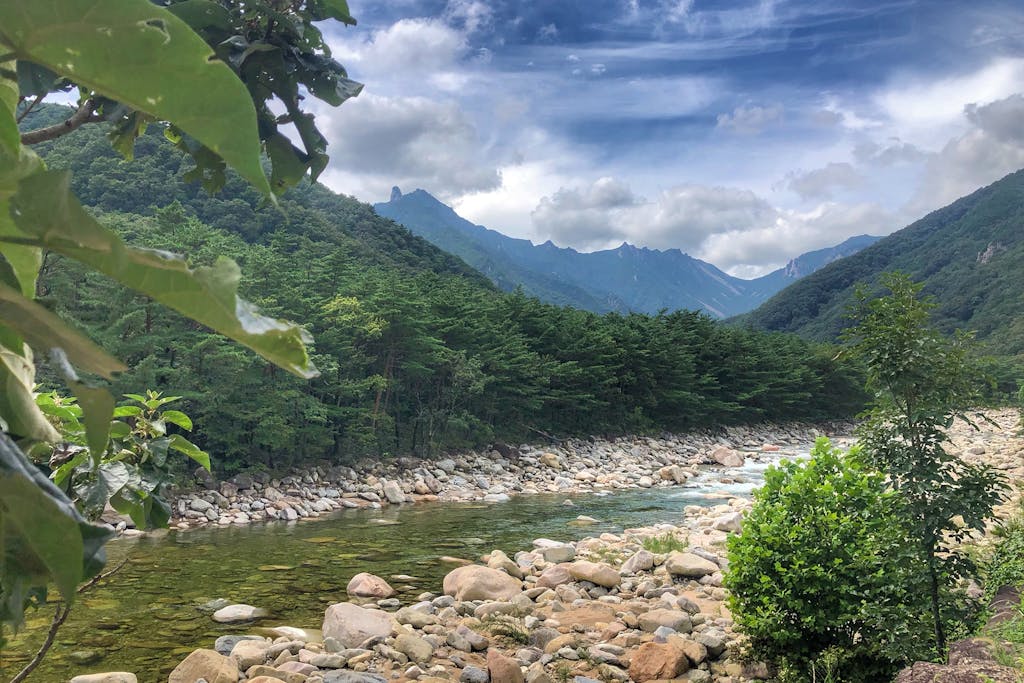
Korea is 64 percent mountainous, according to the Convention on Biological Diversity, and it dictates the rural ambience. My favorites, included in the films and photos we captured there, include the Beakrok tea plantation near Yeosu and Beomeosa Temple, high above extroverted Busan (on the day we visited the heavy mist and rain obscured any more worldly views lending an unusual sense of peace ). I loved Seoraksan Mountain, a UNESCO Biosphere Reserve, with towering, craggy peaks and a funicular that eliminates much (but not all) of the hiking labor, on the outskirts of Sokcho. In Incheon, Wolmi Traditional Park is in the heart of the city and yet its Joseon Dynasty influences transform it into an old-fashioned oasis.
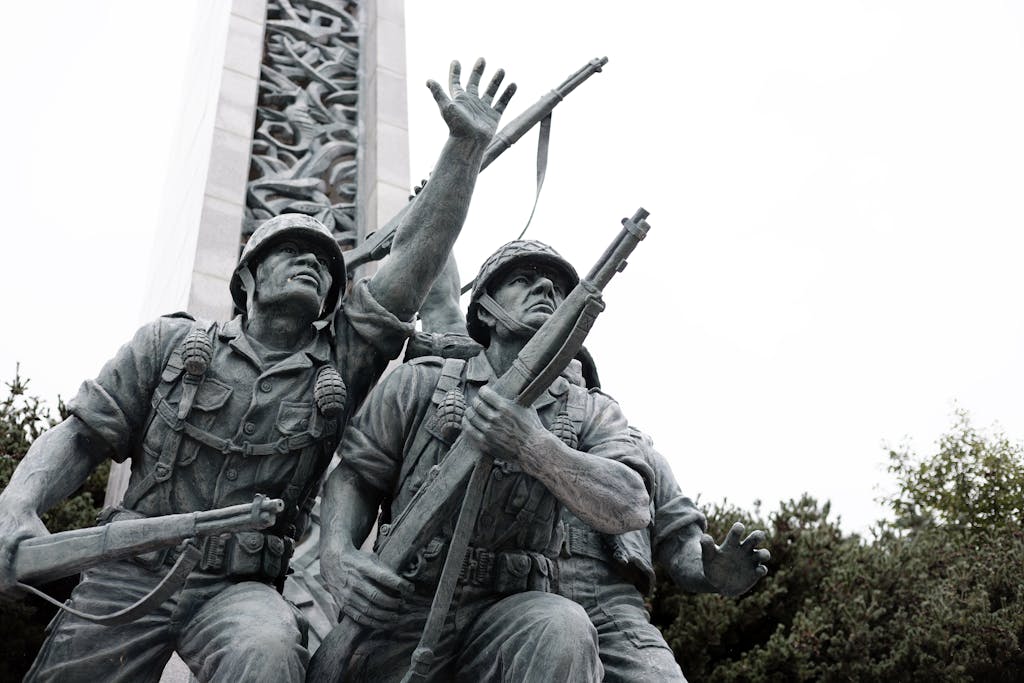
And let’s not forget: The Korean War, of course, has sharply defined modern Korea, and whether you’re a war buff or interested in expanding your knowledge of this conflict, you’ll find that locals are eager to share their stories. Most cities have museums chronicling their roles in the conflict. And there are three DMZs (demilitarization zones) that ring Korea’s northern border with North Korea. These feature museums that bring the war alive, and also offer expansive views into North Korea, though you can’t step foot near the border. My father served in the Korean War, and I wish I could talk to him about it now.
It’s been an incredibly busy few weeks here, and I’m not alone in feeling grateful for making new discoveries, urban and otherwise. We hope our experiences inspire you to discover not only what makes each port city special but also provides a glimpse into Korea’s rituals, traditions, colorful life, and beautiful landscapes.
Editor’s Note: In this package of five stories about Korea and its ports of call, some you’ve heard of, others exquisitely new to many travelers, read more about Incheon, Busan, Yeosu and Sokcho.

